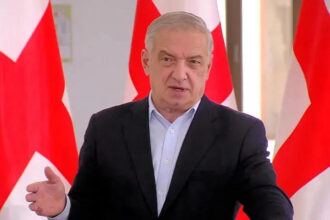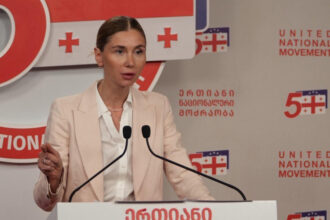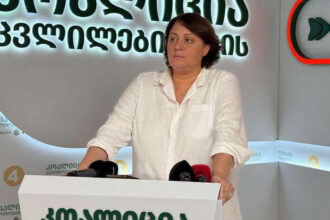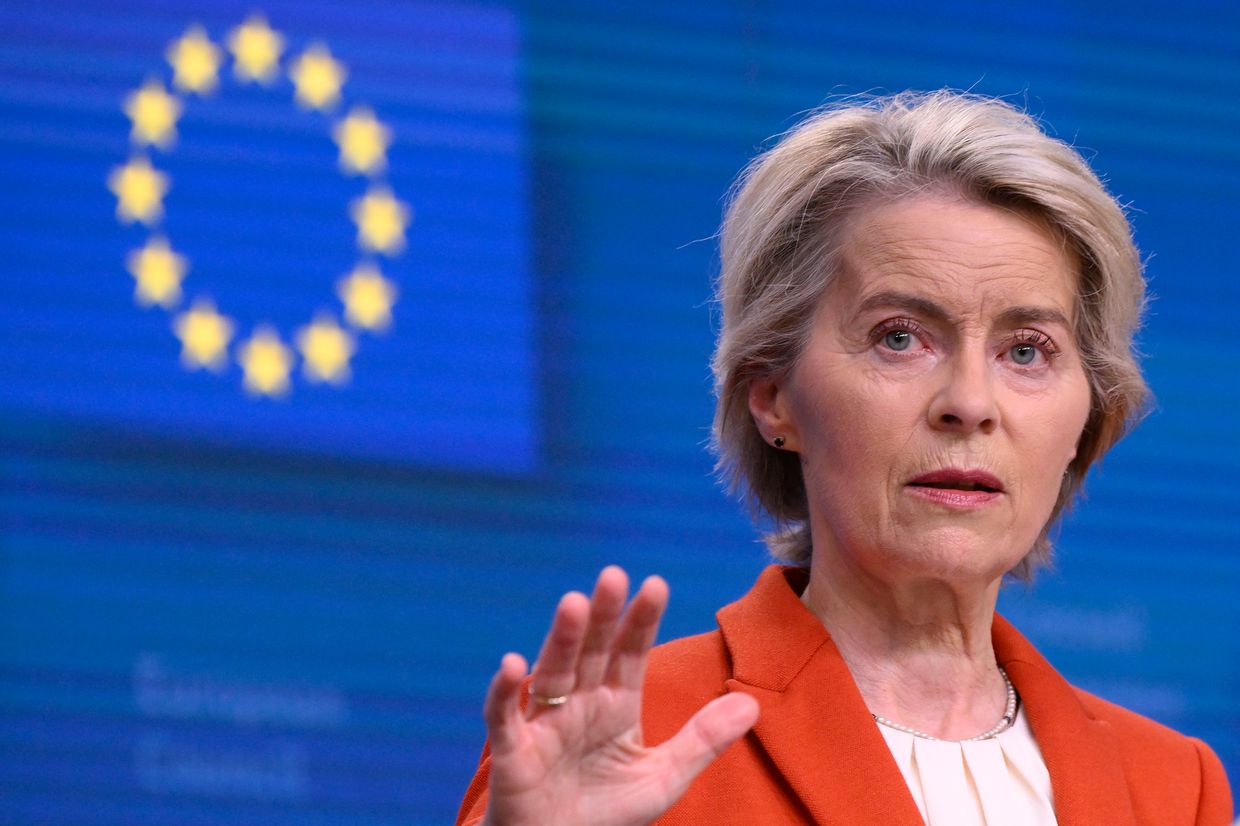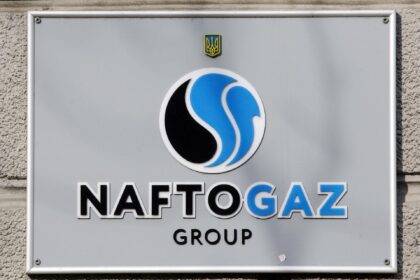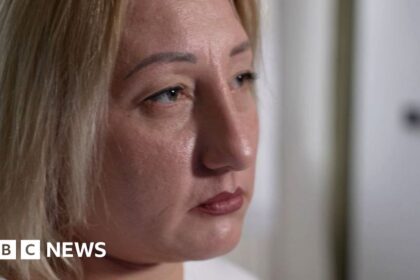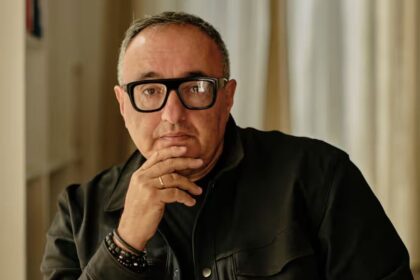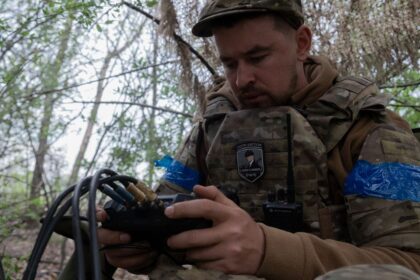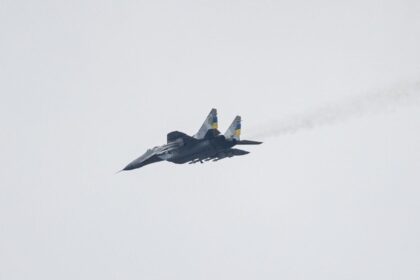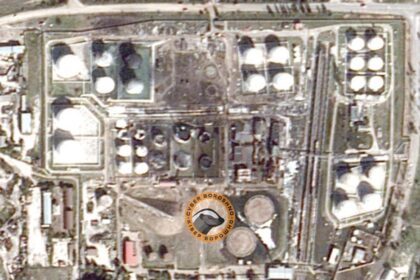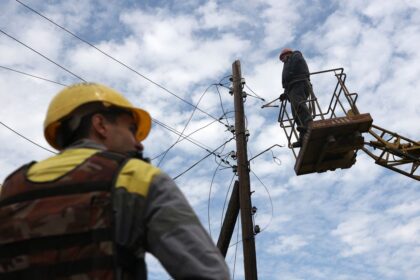The article discusses the state of European defense spending and its relation to the ongoing conflict between Russia and Ukraine. Despite NATO’s agreed-upon benchmark of 2% of GDP for defense spending, many EU member nations fall short of this target, with some countries such as Ireland spending less than a quarter of a percent.
The article highlights the difficulties in convincing European voters that their money is well-spent on weapons rather than other priorities like roads and schools. It also notes that some European governments are quietly hedging for a ceasefire, according to experts and industry stakeholders who spoke to the Kyiv Independent.
However, there are signs of increased defense spending among EU member nations, particularly those closest to Russia. Germany has emerged as the largest spender in the EU under newly elected Chancellor Friedrich Merz, with many new resources heading towards local stalwarts of defense such as Rheinmetall.
The article also mentions the growth of new technologies like drones and electronic warfare, which have given rise to a whole new generation of defense contractors in Europe. It quotes industry stakeholders saying that the war has created a new market for security services and equipment.
Some key points from the article include:
* The EU’s plan to rearm and increase defense spending has been met with resistance from less militarized members.
* European governments are struggling to convince voters that their money is well-spent on weapons rather than other priorities.
* Some European governments are quietly hedging for a ceasefire, according to experts and industry stakeholders.
* Germany has emerged as the largest spender in the EU under newly elected Chancellor Friedrich Merz.
* The war has created a new market for security services and equipment.

